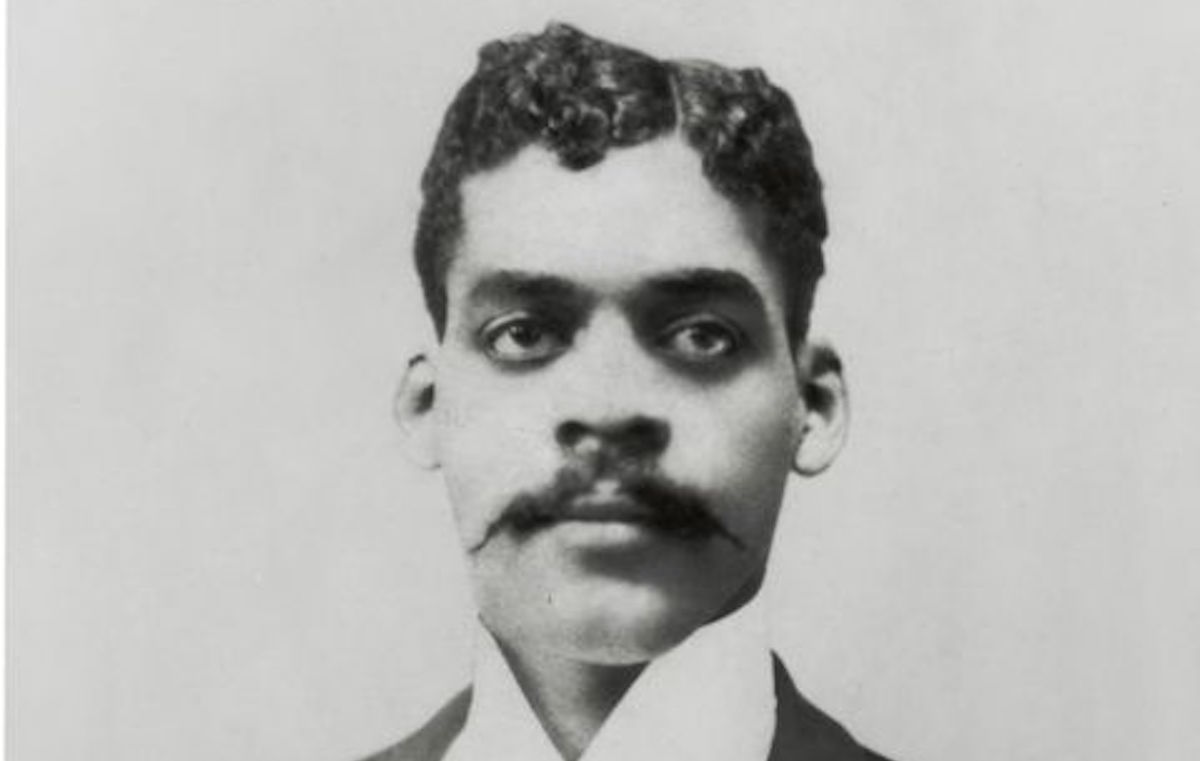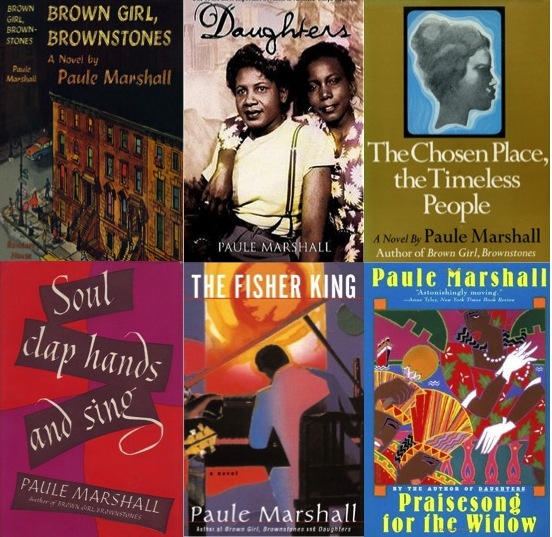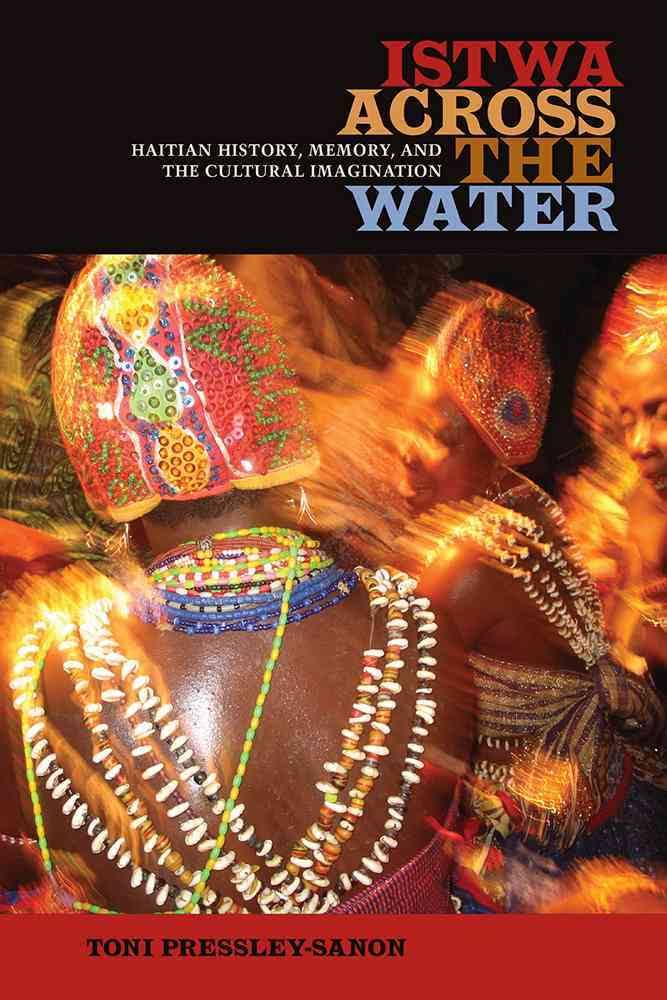sx blog
Our digital space for brief commentary and reflection on cultural, political, and intellectual events. We feature supplementary materials that enhance the content of our multiple platforms.
Vanessa K. Valdés on the "Father of Black History"

Vanessa K. Valdés, book review editor of sx salon, was recently interviewed for NPR's Latino USA podcast on the life of Arturo Schomburg-- a Puerto Rican living in New York City around the Harlem Renaissance. The podcast episode gives a brief history of Schomburg's life and role as the "father" of Black history. The Schomburg Center for Research in Black Culture, in which Schomburg's donated personal papers comprise a majority of the collection, is one of the largest resources of Black history in the world. In the podcast, Valdés asks how we conceive of blackness.
You can listen to the full episode, here.
A Special Issue of Anthurium: A Caribbean Studies Journal
A Special Issue of Anthurium: A Caribbean Studies Journal

Edited by Kelly Baker-Joseph, editor of sx salon, this issue of Anthurium is collected around the work of Paule Marshall as seen today--how Marshall has influenced contemporary writing, predicted social stratification, and the enduring relevance of Marshall's work. You can access each publication from the issue, below.
The Work of Paule Marshall Today
Kelly Baker Josephs
“You have permission to do this” : John Keene Reflects on Paule Marshall’s Influence
John Keene
Ghosts in the Posthuman Machine: Prostheses and Performance in The Chosen Place, the Timeless People
Justin Haynes
Paule Marshall Reimagining Caliban and Prospero in The Chosen Place, The Timeless People
Shirley D. Toland-Dix
“Threads thin to the point of invisibility, yet strong as ropes” : Afrofuturistic Diaspora in Paule Marshall’s Praisesong for the Widow
Janelle Rodriques
The Profane Ear: Regimes of Aural Discipline in Paule Marshall’sThe Fisher King
Petal Samuel
“Her Special Music”: Wild Women and Jazz in Paule Marshall’sThe Fisher King
Patricia G. Lespinasse
Water, Roads, and Mapping Diaspora Through Biomythography
Lia T. Bascomb
“How You Mean?” Speech, Resistance, and the Contemporary Relevance of Paule Marshall
Jason T. Hendrickson
Kaiama Glover Writes on Zombies in Public Culture
Kaiama Glover Writes on Zombies in Public Culture

In the May issue of Public Culture, Kaiama L. Glover-- editor of sx archipelagos-- writes about the role of the contemporary zombie in her essay “Flesh like One’s Own”: Benign Denials of Legitimate Complaint.
Abstract
This essay looks pointedly at a broad phenomenon wherein ostensibly benign discourses—from the news media to the Hollywood film industry to humanitarian aid—grant permission for North Atlantic denial of human proximity to peoples of the so-called global South. Taking the figure of the (Haitian) zombie as pivot point, the essay reflects on the continuity between dehumanized discursive and visual representations of (postearthquake) Haitians, sub-Saharan Africans, and other immiserated “others.” In question is what exactly the contemporary zombie allows “First World” citizenries to get away with in their dealings with the “Third World.” What thought project does the zombie myth sustain and participate in? How does it link our feelings about blacks, migrants, refugees, and the poor into a long-historical narrative of distancing and (pathologized) ontological difference?
You can access the full essay through Public Culture at Duke University Press, here.
sx salon books for review
sx salon books for review

Featured book:
Istwa across the Water: Haitian History, Memory, and the Cultural Imagination, by Toni Pressley-Sanon (2017)
We offer the following partial list in order to highlight newly published books in Caribbean Literature and Caribbean Studies. If you have any questions about sx salon book reviews, please contact our book review editor Vanessa K. Valdés (vkv@smallaxe.net). Click here to view list on sx salon site.
Fiction
The Tower of the Antilles, Achy Obejas (2017)
Dance on the Volcano, by Marie Vieux-Chauvet, trans. Kaiama L. Glover (1957/2017)
Love’s Promise, by Opal Palmer Adisa (2017)
Moving Forward Sideways Like a Crab, by Shani Mootoo (2017)
Hadriana in All My Dreams, by René Depestre, trans. Kaiama L. Glover (2017)
Gone to Drift, by Diana McCauley (2016)
Le miroir d’Anabelle et autres récits, by Lyonel Trouillot (2016)
The Bone Readers, by Jacob Ross (2016)
The Orchid House, by Phyllis Shand Allfrey (1953/2016)
The Angels’ Share, by Garfield Ellis (2016)
Tracing Jaja, by Anthony Kellman (2016)
J--, Black Bam and the Masqueraders, by Garth St. Omer (2016)
Poetry
My Mother Was a Freedom Fighter, by Aja Monet (2017)
Pitch Lake, by Andre Bagoo (2017)
Kumina Queen, by Monica Minott (2016)
Absolute Solitude, by Dulce María Loynaz, trans. By James O’Connor (1953/2016)
Fossil, by Maya Chowdhry (2016)
Kingston Buttercup, by Ann-Margaret Lim (2016)
Beastgirl & Other Origin Myths, by Elizabeth Acevedo (2016)
Cannibal, by Safiya Sinclair (2016)
Only the Road / Solo el camino: Eight Decades of Cuban Poetry, ed. by Margaret Randall (2016)
Speak from Here to There, by Kwame Dawes and John Kinsella (2016)
Book of the Dead, by Lasana M. Sekou (2016)
Measures of Expatriation, by Vahni Capildeo (2016)
Memoir
Hunger: A Memoir of (My) Body, by Roxane Gay (2017)
Non-Fiction
Bankers and Empire: How Wall Street Colonized the Caribbean, by Peter James Hudson (2017)
Suspect Freedoms: The Racial and Sexual Politics of Cubanidad in New York, 1823-1957, by Nancy Raquel Mirabal (2017)
Haiti and the Uses of America: Post-U.S. Occupation Promises, by Chantalle F. Verna (2017)
Direct Democracy: Collective Power, the Swarm, and the Literatures of the Americas, by Scott Henkel (2017)
Write of Passage: Stories of the American Era of the Panama Canal, by the Panama Canal Museum (2017)
Contrary Destinies: A Century of America’s Occupation, Deoccupation, and Reoccupation of Haiti, by Leon D. Pamphile (2017)
Carnival and National Identity in the Poetry of Afrocubanismo, by Thomas Anderson (2017)
The Black Jacobins Reader, ed. by Charles Forsdick and Christian Høgsbjerg (2017)
Island People: The Caribbean and the World, by Joshua Jelly-Schapiro (2016)
The Caribbean Oral Tradition: Literature, Performance, and Practice, ed. by Hanétha Vété-Congolo (2016)
White Innocence: Paradoxes of Colonialism and Race, by Gloria D. Wekker (2016)
The Colour of Shadows: Images of Caribbean Slavery, by Judy Raymond (2016)
Gendered Geographies in Puerto Rican Culture: Spaces, Sexualities, Solidarities, by Radost Rangelova (2016)
She is Cuba: A Genealogy of the Mulata Body, by Melissa Blanco Borelli (2016)
Calypso Magnolia: The Crosscurrents of Caribbean and Southern Literature, by John Wharton Lowe (2016)
Léon-Gontran Damas: Une Négritude entière, ed. by Hanétha Vété-Congolo (2016)
Nicole Awai: Vistas on view at Lesley Heller Workspace
Nicole Awai: Vistas on view at Lesley Heller Workspace

Nicole Awai: Vistas (http://www.lesleyheller.com/exhibitions/20170517-nicole-awai-vistas)
May 17 – June 30, 2017
vista
• a mental view of a succession of remembered or anticipated events: vistas of freedom seemed to open ahead of him
Lesley Heller Workspace is pleased to present Nicole Awai: Vistas, the artist’s first exhibition with the gallery. Nicole Awai is known for her multi-media works that make use of non-traditional mediums such as melted vinyl, nail polish, nylon mesh, found doll parts, and synthetic paper. Her work references and is influenced by the Caribbean landscape, in particular the La Brea Pitch Lake in Trinidad, her country of birth.
Vistas is comprised of a series Awai has been creating since the mid 2000s where she has been in part, exploring characteristics of oozing in her work. The specific works in this show—produced between 2013 to 2017—were made following a 2012 Art Matters Grant the artist received to travel back to Trinidad to visit the La Brea Pitch Lake—the largest natural deposit of asphalt in the world. Awai was searching for connections or influences to explain the use of black oozing in her work. The tar-like substance becomes an archaeological framework in her artworks to preserve and represent visual and cultural materials; a fluid yet stable visual and symbolic ground from which to explore cultural dialogs.
Vistas are the momentary glimpses of an experience. The ooze serves as a junction or space for her to engage and infuse a diverse set of meanings. Awai states that she has “come to understand that this black oozing materiality is in actuality a site of confluence - of our histories, our physical existence and the elasticity of time, space and place in the Americas.”
Nicole Awai's work is featured in the current issue of Small Axe (52), special issue, Art as Caribbean Feminist Practice
Oozing between Dimensions: Multiple Perspectives on the Real in the Works of Nicole Awai, by Michelle Stephens
Small Axe: A Caribbean Journal of Criticism
http://smallaxe.dukejournals.org/content/21/1_52/43.abstract
Digital Annotation of Musical Passage: A Voyage to 1688 Jamaica
Digital Annotation of Musical Passage: A Voyage to 1688 Jamaica

sx archipelagos will host a series of week-long experimental events to reconnect our audiences with the content of our inaugural issue. In an effort to truly take advantage of - and not merely pay lip service to - the affordances of the digital, we are interested in maximizing the dynamic presence of the journal's content in the world - beyond the periodicity of publication. As such, we have initiated a commons space of sorts - punctual opportunities for our community of readers to enter into dialogue with our contributors, leaving comments on and posing questions about their work via the open annotation tool hypothes.is. Contributors will monitor their pages throughout the week-long commons event, responding to and engaging with their audience.
Please join us in this experiment by checking out Laurent Dubois, David Garner, and Mary Caton Lingold's Musical Passage - June 19-23. To leave a comment or ask a question, simply set up an account with hypothes.is. Once you've done that, engaging with the site is as easy as selecting the passage you want to address, and clicking on the comment button. For more detailed instructions, the creators of the tool have provided excellent documentation. You might also have a look at this video. Note that the technology works best on the Chrome browser.
